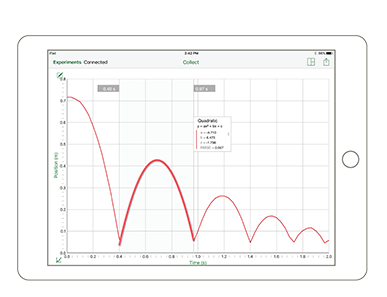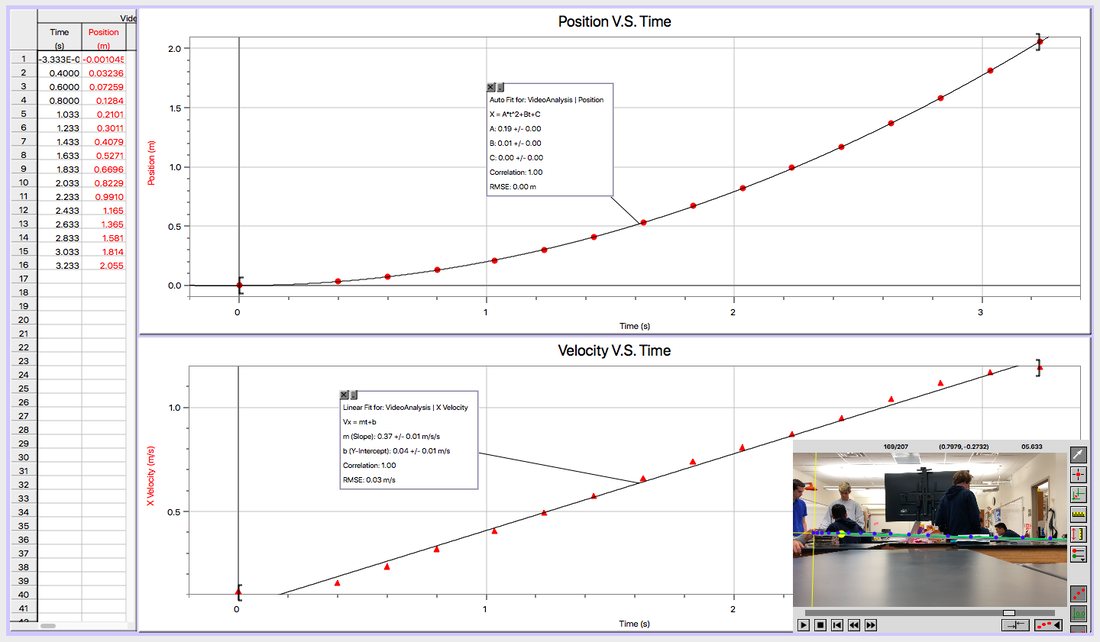
- #SAVE LOGGER PRO DATA TO GRAPHICAL ANALYSIS SOFTWARE#
- #SAVE LOGGER PRO DATA TO GRAPHICAL ANALYSIS CODE#
Almost 65% of all code smells were correlated to 78% of all architecture problems . Application architecture tends to degrade with evolution, and code smell often relates to the phenomena .

#SAVE LOGGER PRO DATA TO GRAPHICAL ANALYSIS SOFTWARE#
However, to maintain software design quality and keep it compressible and evolvable at low costs, code smells should be avoided. As a result, developers often provide post-development support to find and fix these issues to extend the app’s life.Īfter an app goes live, developers must continuously monitor performance and repair bugs. Such choices may lead to performance throttling or program management issues including poor reusability, testability, and maintainability over time. Instead, they rely on the solutions they are familiar with. Developers may be aware of these issues, but lack time to determine proper solutions and implement them in the project . This can happen both deliberately and unintentionally. As a result, certain bad coding habits become ingrained in the project these are referred to as code smells . Under such intense and changeable conditions, software programmers can’t always employ the greatest coding standards and most efficient algorithms. When constructing different portions of a project or making modifications, developers usually operate under strict time constraints. A single project’s development strategy typically changes several times due to various known and unknown circumstances . This is done in order to present a comprehensive, efficient, and resource-friendly technique for identifying and prioritizing performance throttling with also handling code maintenance concerns.ĭeveloping large-scale projects involves long-term commitment.

It examines the codebase, commits, and log files of Java applications to identify business processes, heat map graphs, and severity levels of various types of code smells and their commit history. A novel strategy is proposed for finding frequently used and change-prone areas in a codebase by combining business logic, heat map information, and commit history analysis in this study. Identifying and correcting code smells in places that are frequently utilized and subject to rapid change should take precedence over other code smells. Maintaining the functionality of certain parts is essential since they are often used. Even the most complex programs have some components that are more important than others.

This method, however, is not sufficient because of a lack of knowledge regarding the frequency of code usage and code changeability behavior. The majority of current research prioritizes code smells according to the type of smell they cause. Prioritizing these solutions are therefore critical. Resolving code smells in software systems can be done in a variety of ways, but doing so all at once would be prohibitively expensive and can be out of budget. As a result, it is imperative that large applications be regularly monitored for performance issues and code smells, so that these issues can be corrected promptly. Keeping up with the best coding practices can be difficult for software developers, which might lead to performance throttling or code maintenance concerns. One of the most significant impediments to the long-term maintainability of software applications is code smells.


 0 kommentar(er)
0 kommentar(er)
